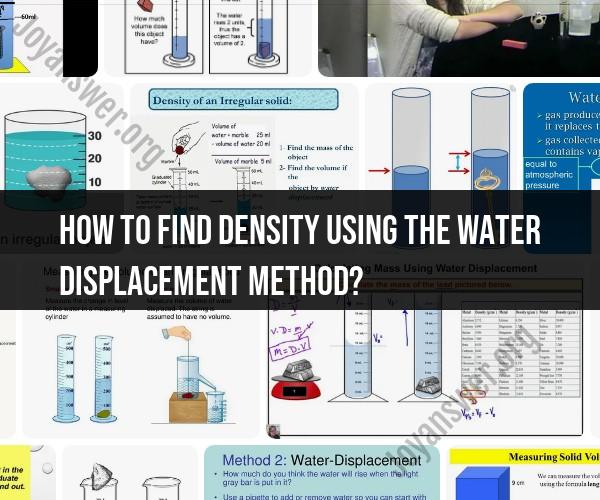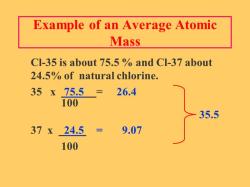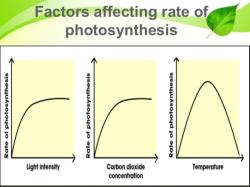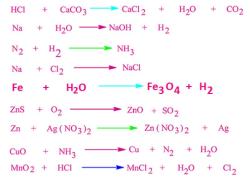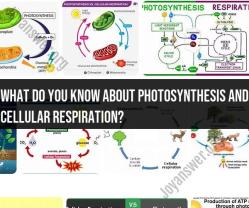How to find density using the water displacement method?
To find the density of an irregularly shaped object using the water displacement method, you can follow these steps:
Materials Needed:
- Irregularly shaped object (e.g., a stone or a piece of metal)
- Graduated cylinder or a beaker
- Water
- Scale or balance
- Calculator
- Pen and paper
Procedure:
Measure the Initial Volume of Water:
- Begin by filling a graduated cylinder or a beaker with a known volume of water, such as 100 milliliters (mL) or 200 mL. Record the initial volume of water (V1) in milliliters (mL).
Measure and Record the Mass of the Object:
- Use a scale or balance to measure and record the mass of the irregularly shaped object in grams (g). This is the object's mass (m).
Submerge the Object in the Water:
- Carefully place the object into the water-filled graduated cylinder or beaker. Ensure that the object is fully submerged in the water without touching the sides or bottom of the container.
Measure the Final Volume of Water:
- As the object is submerged in the water, it will displace some of the water, causing the water level to rise. Carefully read and record the final volume of water (V2) in milliliters (mL).
Calculate the Volume of the Object Displaced:
- Calculate the volume of water displaced by subtracting the initial volume (V1) from the final volume (V2):Volume Displaced = V2 - V1
Calculate the Density of the Object:
- Use the formula for density, which is:Density (ρ) = Mass (m) / Volume Displaced (V2 - V1)
- Substitute the values you have measured:Density (ρ) = m / (V2 - V1)
Determine the Density:
- Perform the calculations to find the density of the object in grams per milliliter (g/mL) or any other suitable unit for density.
Note: Make sure to use consistent units throughout the calculations. If you use milliliters for volume, use grams for mass. The density will be expressed in units such as g/mL or g/cm³, depending on the volume measurement.
The water displacement method is particularly useful for finding the density of irregularly shaped objects that cannot be measured directly with a ruler or calipers. It relies on the principle that the volume of water displaced by the object is equal to the volume of the object itself.
Measuring Density with Water Displacement: A Step-by-Step Guide
To measure density with water displacement, you will need the following materials:
- A graduated cylinder
- Water
- A balance scale
- The object whose density you want to measure
Steps:
- Fill the graduated cylinder with water to a certain level.
- Record the initial volume of water in the graduated cylinder.
- Carefully lower the object into the graduated cylinder, making sure that it is completely submerged.
- Record the final volume of water in the graduated cylinder.
- Calculate the volume of the object by subtracting the initial volume of water from the final volume of water.
- Weigh the object on the balance scale.
- Calculate the density of the object by dividing the mass of the object by its volume.
Density = mass / volume
Archimedes' Principle in Action: Determining Density through Water Displacement
Archimedes' Principle states that the buoyant force on an object is equal to the weight of the fluid displaced by the object. This means that when you submerge an object in a fluid, the fluid pushes up on the object with a force equal to the weight of the fluid that the object displaced.
The water displacement method of measuring density works by using Archimedes' Principle to determine the volume of an object. When you submerge an object in water, the volume of water displaced by the object is equal to the volume of the object.
The Water Displacement Method: Calculating Density with Confidence
The water displacement method of measuring density is a very accurate method, but it is important to follow the steps carefully to get accurate results. Here are a few tips:
- Make sure that the graduated cylinder is clean and dry before you start.
- Fill the graduated cylinder with water to a level that is above the volume of the object you are measuring.
- Be careful not to splash any water out of the graduated cylinder when you lower the object into it.
- Read the volume of water in the graduated cylinder carefully.
- Weigh the object on the balance scale accurately.
If you follow these steps, you can use the water displacement method to measure the density of an object with a high degree of confidence.
